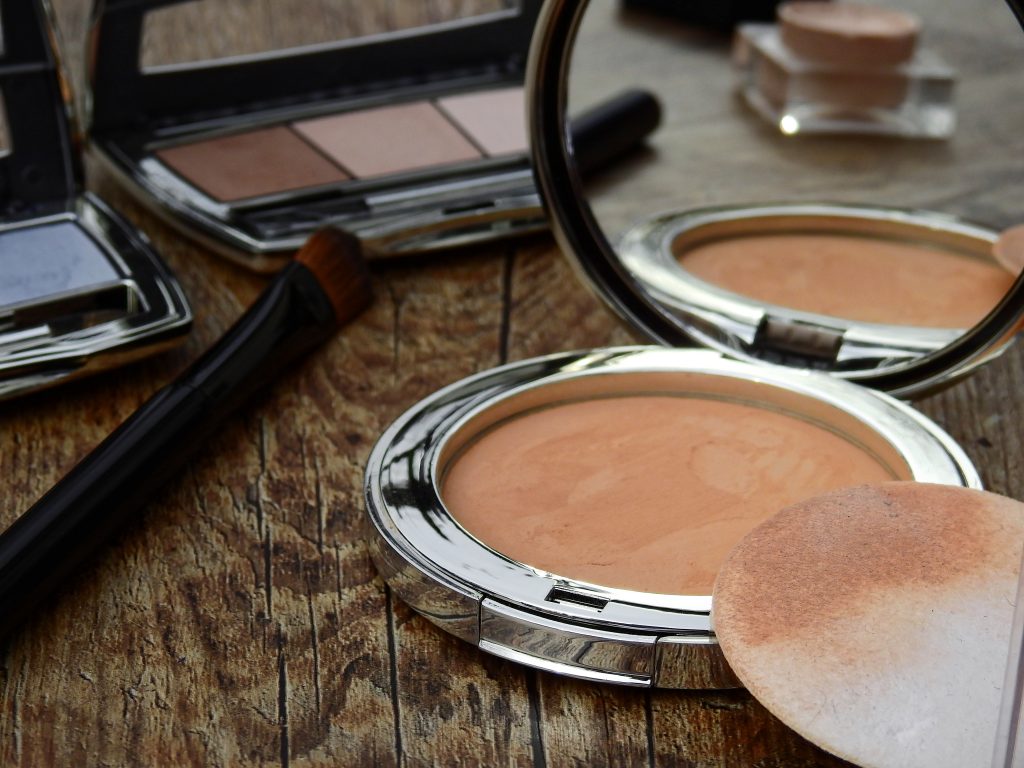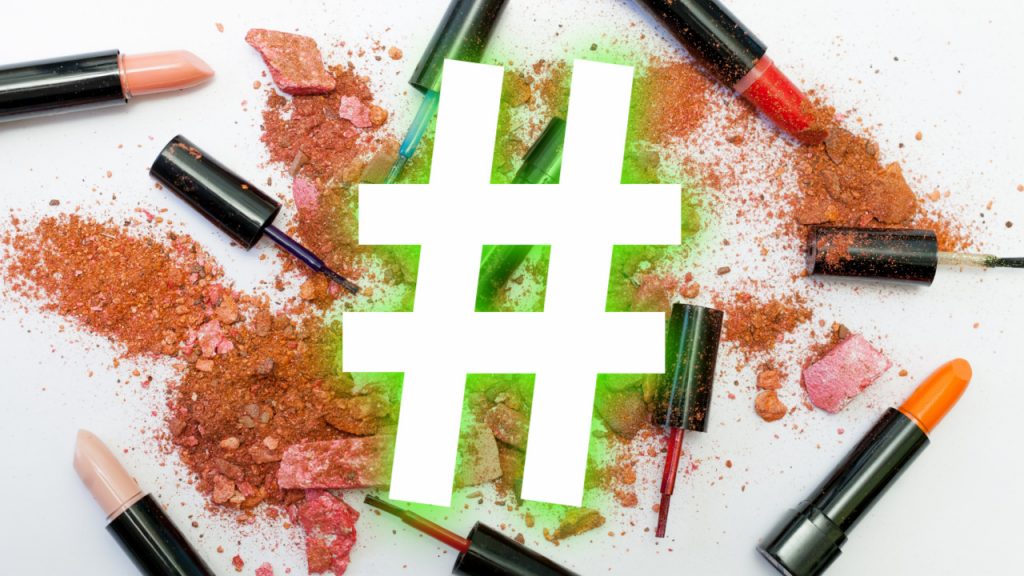Here’s how to get your content discovered fast
Just think, even six or seven years ago, the humble hash sign was one the most unloved and underused symbols on the keyboard. Coders and programmers deployed it from time to time, and accountants may have used it to keep tabs on invoices. Now, it’s arguably the most important key at your disposal for anyone trying to publicise their work and themselves – but how do you use it effectively?
Firstly, do some research. While you’re exploring Instagram, TikTok, YouTube or Twitter, take a look at some of the conversations and tags applied to content you like. What tags are being used the most? And in what order? There’s a few kinds of tags that you’ll need to know – such as macro, micro and reactive.
A macro-tag is something like #beauty, a micro-tag is something more niche like #naturalglow, and a reactive tag refers to a responsive hashtag to something happening as you post, so a TV show, a news event or a wider discussion.
The most effective strategy will be one that utilises all these different kinds of hashtags – but not necessarily at the same time. They all have pros and cons to consider. A macro-tag, like #beauty, might have millions of other pieces of content all tagged with the same thing. That means there’s lots of eyeballs and clicks there, but it’s also a very hotly contested space. It’ll help bring your content into the right kind of area, and give the algorithm a general nudge towards what your content’s all about, but you’ll constantly be jostling with other creators for visibility. When you’re using these kinds of tags, you’ll need to use them regularly and post relevant content regularly to work your way up to the top.
Then, micro-tags, like #naturalglow have less competition, but potentially less visibility, too. That doesn’t make using it a dud – a micro-tag is more likely to have more engaged users interacting with it. Macro-tags can often be slapped onto things that are at best tangentially related to the actual content, whereas micro-tags, especially around certain elements of beauty like indie brands and skin conditions can have great engagement. This is one where it’s worth really digging around and interacting with other users who also post with the micro-tag, as you can build relationships and strengthen your placement.

Finally, responsive tags. These are a
great way to build relationships and grow your following, even if they aren’t
strictly beauty. Especially on Twitter, you’ll see that hashtags around live TV
and news are used in real time and that they can really fire off conversation.
It’s a great way for your followers to get to know you and your personality and
tastes and for you to get to know them, too. Don’t feel you have to weigh in on
everything, and of course, especially with breaking news and world events, it
may be better to say nothing than to risk alienating people or spreading
misinformation. Instead, use reactive tags to be part of a bigger conversation
and establish your online presence.
Generally speaking, you don’t want to use too many hashtags, especially on
Instagram and TikTok – seven is plenty. Don’t be tempted to just load up on
tags if they aren’t really relevant, as you’ll be doing yourself a disservice in
the long run. Instead, use a mix of macro and micro and take note of what gets
engagement and what doesn’t, and don’t be tempted by “like for like/follow for
follow” style tags – they just look unprofessional. Hashtags are ultimately a
way for communities to grow and find each other, so do your best to engage with
other content with similar tags. Micro-tags can be great for this, so have a
think about anything niche with your content; maybe you have acne or rosacea,
or you’re a working mum, for example. Tags around that can help get your
content in front of engaged eyes really seeking out useful content, rather than
just idle flicking through.







